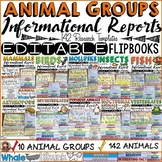76 results
Free astronomy laboratories

Phases of the Moon Cookie Activity
Phases of the Moon - Students use Oreo cookies (or a similar cookie) to represent the various phases of the moon. A really fun and interactive activity that can be done with a wide range of ages and abilities to help students understand the moon's phases.
Included:
- Student Activity Sheet
- Student Data Sheet
- Student Question / Analysis Sheet for Moon Phases
- Answer Key for cookie activity
Click the links below to check out more Astronomy and Space themed activities!
ASTRONOMY BUNDLE
As
Subjects:
Grades:
5th - 9th
Types:
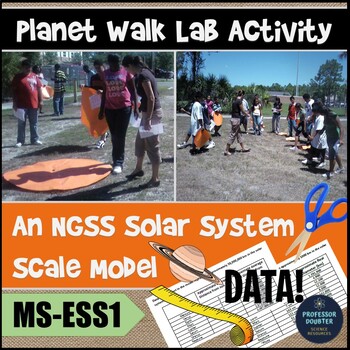
Scale Model of Solar System Lab Activity NGSS Middle School MS-ESS1-2 MS-ESS1-3
TRY ME FOR FREE!!!! This NGSS aligned two-day lab activity is a FUN, EYE-OPENING, and mathematically accurate way to model planet size and orbits in our solar system and incorporate the Performance Expectations for MS-ESS1: MS-ESS1-2. Develop and use a model to describe the role of gravity in the motions within galaxies and the solar system and MS-ESS1-3. Analyze and interpret data to determine scale properties of objects in the solar system as well as the Crosscutting concept of Scale, Proporti
Subjects:
Grades:
4th - 9th
Types:
NGSS:
MS-ESS1-2
, MS-ESS1-3
Also included in: NGSS Middle School Science Activities and Lessons Growing MEGA Bundle
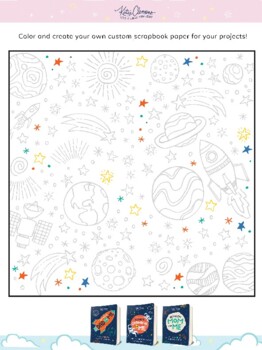
Planets, Rockets, Space Coloring Page. Astronomy Coloring Sheet for Paper Crafts
Kids can blast off into creativity as they customize their own space paper. This solar system coloring sheet becomes scrapbook paper that's perfect for personalizing report covers, origami folding, dioramas, paper craft projects, and more._______________________________________________________Howdy! I'm Katie Clemons. I keep journals with kids, and you can too! Nurture creative thinking, improve penmanship, get silly, and build keepsakes. Together!Follow me here on TPT for weekly new content.Exp
Subjects:
Grades:
PreK - 6th
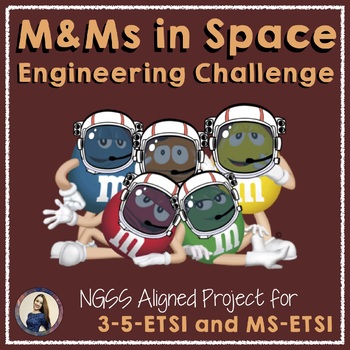
NGSS Space Engineering Design Project
What is more interesting than space, astronauts, and CANDY?In this project, students will learn about the engineering design cycle. They will learn about how astronauts must have specially designed food packages to use in space. They will go through the engineering design process to design, build, and refine a package that will allow astronauts to eat M&Ms in space. This activity is number 5 of 5 in a mini engineering unit. It is aligned tothe NGSS Engineering Design Standards (3-5-ETS1 and
Subjects:
Grades:
4th - 8th
Types:
NGSS:
MS-ETS1-2
, 3-5-ETS1-3
, 3-5-ETS1-1
, MS-ETS1-1
, 3-5-ETS1-2
...
Also included in: NGSS Engineering Design Mini Unit Bundle (3-5-ETS1 and MS-ETS1)
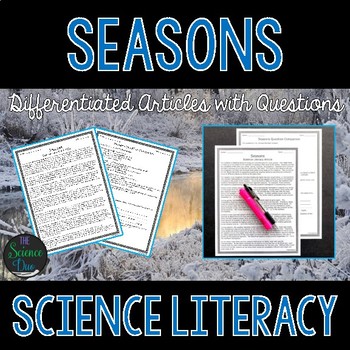
Seasons Science Literacy Article - Distance Learning Compatible
This Seasons Science Literacy Article will help to support important science content and reading comprehension for every single one of your students. This resource comes with 2 different versions of the article (regular and modified). The modified version is perfect for students with modifications or accommodations, ESL or ELL students, or lower-level readers. We have also included a "Question Companion" (question sheet and answer key) that is 100% fully editable. You are free to add or remove
Subjects:
Grades:
5th - 9th
Types:
Also included in: Science Literacy Bundle - Science Reading Articles
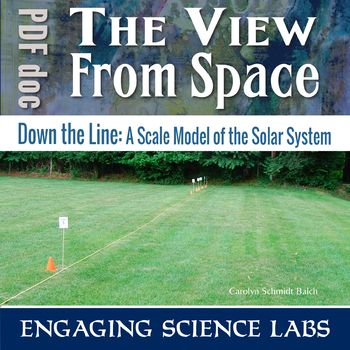
Scale Model of the Solar System: Inner and Outer Planets in Order
Are you studying the Solar System? Do you wonder how planets compare in terms of size and distance? This is the SMALLEST scale model that you can make and still be able to see the planet Mercury without a magnifying glass—and NO, it won't fit on a football field! You can place the inner planets anywhere, but to include the outer planets you might need to expand into the neighborhood.Questions Addressed❑ Which two planets are nearest to each other?❑ How much farther from Earth is Mars than the
Subjects:
Grades:
5th - 8th
Types:
Also included in: Astronomy Collection: Our Place in Space—Lab Activities + Videos
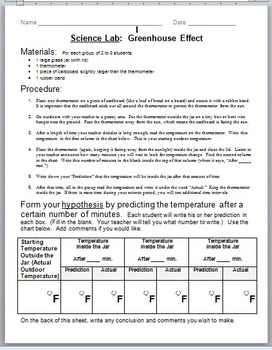
Greenhouse Effect Lab
This activity enables students as young as 1st grade successfully to create and test the GREENHOUSE EFFECT that takes place in a closed glass jar in the sunlight. Students make predictions and discover how the temperature in the jar increases! The children can relate to a similar experience in an enclosed car. You also can relate this lab to the greenhouse effect (and global warming) in Earth's atmosphere, due to the presence greenhouse gases (like carbon dioxide, methane, and water vapor).
Subjects:
Grades:
1st - 4th
Types:
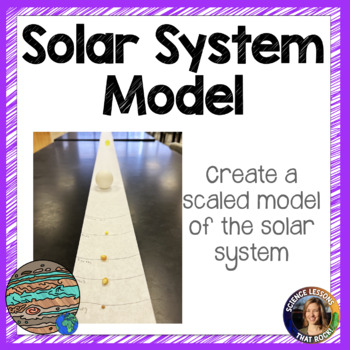
Solar System Scaled Model
How far apart are the planets, and how large are they in comparison to each other? In this activity, students will create a scaled model of the solar system using ticker tape and an assortment of household materials. This lesson is editable so you can change materials as needed. By the end of the lesson students will have created a 4 meter model of the solar system. You might also be interested in:Nebular theory lessonEarth's rotation and revolutionBe sure to follow my TpT store by clicking on t
Subjects:
Grades:
8th - 10th
Types:
Also included in: Solar System Bundle
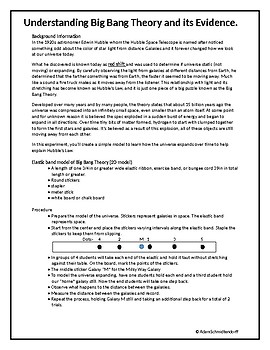
Big Bang Theory Lab, Expanding Universe Lab
For students to understand our universe is not static, but expanding at an accelerated rate. Data collected through various instruments such as telescopes supports this Theory and can be modeled in various ways such as with an elastic band.
Subjects:
Grades:
6th - 10th
Types:

Lunar Lollipop Lab - 5E Science Lesson Phases of the Moon
5E Lesson - Student Activity Sheet
Follows NGSS:
MS-ESS1-1. Develop and use a model of the Earth-sun-moon system to describe the cyclic patterns of lunar phases, eclipses of the sun and moon, and seasons.
For this activity, you will need to make little "Lunar Lollipops." I did this by sticking 2 inch styrofoam balls on to popsicle sticks, but I have also just used "tootsie pop" lollipops before. You will also need small flashlights, or one bright lamp in the center of the room with no lamps
Subjects:
Grades:
6th - 8th
Types:
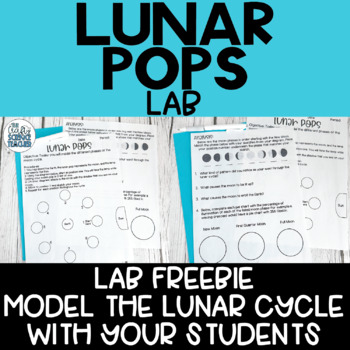
Lunar Pops
This activity is aligned with science TEKS 8.7B. This is a great way to introduce your students to the lunar cycle! Please enjoy this freebie!Love this resource? Follow my store to stay up to date with all my products!Let's Connect!InstagramFacebookPinterestCheck out more Earth and Space Resources
Subjects:
Grades:
4th - 12th
Types:
Also included in: Earth and Space Bundle
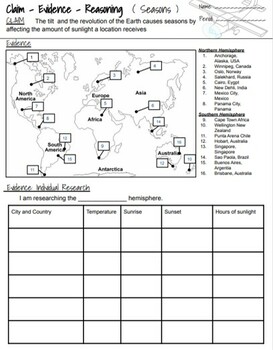
CER Investigation into Seasons
Activity Objective: The students will be able to gather evidence that supports the claim that Earth's position in its revolution affects the seasons we experience on earth. 1. Students will gather data from multiple points around the world and seperate the data into Northern Hemisphere and Southern Hemisphere. 2. Students will analyze data and calculate the number of hours of sunlight the location receives.3. Students will evaluate the data and and their knowledge of what causes seasons to defen
Subjects:
Grades:
5th - 8th
Types:
NGSS:
5-ESS1-2
, MS-ESS1-1
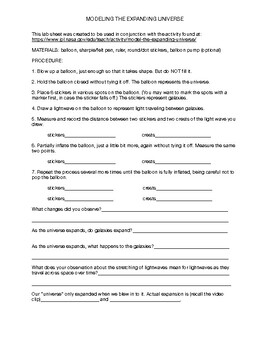
Modeling the Expanding Universe
This activity/lab sheet was created to be used in conjunction with the activity found at https://www.jpl.nasa.gov/edu/teach/activity/model-the-expanding-universe/ : Students learn about dark matter and dark energy, as well as the role they play in the expansion of the universe. Then, they will model the expanding universe using balloons.
Subjects:
Grades:
6th - 12th
Types:
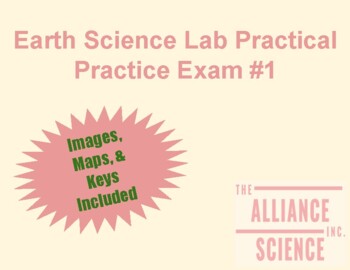
NYS Regents Earth Science Practical Lab Exam Practice #1
This Earth Science Lab Practical Exam (NYS) will allow you and your students to assess how prepared they are for the real thing while maintaining the integrity of the real exam. Earth Science Practical Lab Exam Practice #1For Earth Science Practical Lab Exam Practice #2Included are practice stations (1-3) Necessary images for rocks/minerals characteristicsFlowcharts for mineralsEarthquake seismograph print outsEpicenter Practice Map with a legendEccentricity (drawn & labeled ellipse as well
Subjects:
Grades:
7th - 12th
Types:
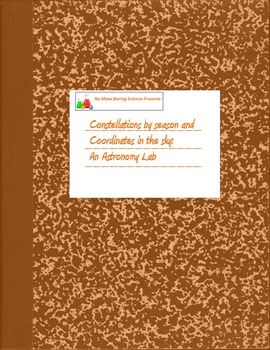
FREE Astronomy/Earth Science Lab Activity - Constellations by Seasons
New from No More Boring Science - Coordinates of stars and Constellations by season! Two activities included! Kids practice plotting stars on a Mercator map projection and a polar map projection given a set of coordinates. Great for practicing their math or geography skills! Then, students study seasonal star maps to identify constellations present at different seasons! Keys are included as well!
If you like the activity, be sure to rate it!
This is part of a series of activites on Science in
Subjects:
Grades:
7th - 12th, Higher Education, Adult Education
Types:
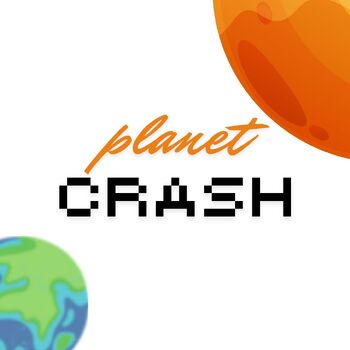
"Super Planet Crash" Online Gravity Lab
Super Planet Crash is a fun, free, browser-based game described by Huffington Post as "an astronomer's version of Angry Birds". This Google Drive lab is works as homework or for distance learning. It expands upon the original game, asking students to investigate why their choices in-game lead to certain consequences. This resource includes a quick teacher guide, the student lab, and a key.
Subjects:
Grades:
5th - 8th
Types:
NGSS:
MS-ESS1-2
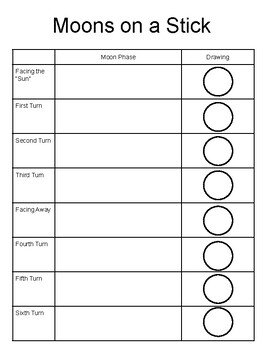
Worksheet for "Moons on a Stick"
Student worksheet for the "Moons on a Stick" Activity. Students can color in the shaded areas they see of their "moon" and fill in the corresponding moon phase seen from Earth. 2 copies to allow for half-sheet printing.
Subjects:
Grades:
5th - 8th
Types:
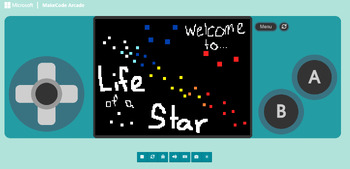
The Star Life Cycle Game - MakeCode Arcade
This game that students can play with their Microsoft or Google accounts can be used as a fun way to review the lecture or lesson you gave on the life cycle of a star. It takes students from a nebula collecting gas, to a main sequence or supermassive star lineage, and then has them die as a black hole, neutron star, or white dwarf - just like you taught them a real star does!The game takes about 3 minutes to fully play through and your students can explore three different endings for a total of
Subjects:
Grades:
3rd - 12th
Types:
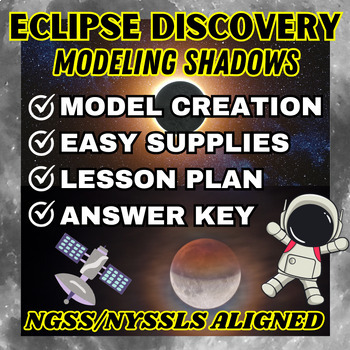
Eclipse Discovery & Shadows: NGSS & NYSSLS Aligned Model-Based Science Lesson
Engage your science students with the "Eclipse Exploration" model-based science lesson! This comprehensive resource is meticulously designed to align seamlessly with both NGSS (Next Generation Science Standards) and NYSSLS (New York State Science Learning Standards).Key Features:Easy Materials: No need for complicated setups or hard-to-find materials! This lesson utilizes simple and readily available items like foam balls, a tiny piece of clay, flashlights, and a folder barrier. These easy mater
Subjects:
Grades:
7th - 10th
Types:
Also included in: Astronomy Unit Bundle - Comprehensive Curriculum - NGSS & NYSSLS Aligned
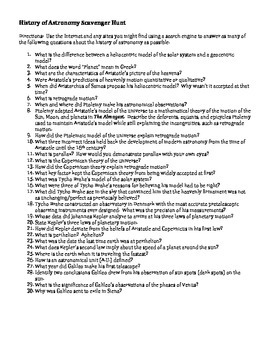
FREE Astronomy/Earth Science Activity - History Scavenger Hunt
New from No More Boring Science - One of the biggest complaints I receive is how boring the history of any science is. Students think it is all names and dates and memorization. Yuck!
This activity is designed to be done on a computer or smartphone. I hand the students a copy of the list, divide them into pairs, and start the timer. First group to get done receives 20 bonus points, second done receives 10, and then after that the grade starts at 100. Rather than me explaining or describing eve
Subjects:
Grades:
7th - 12th, Higher Education, Adult Education
Types:
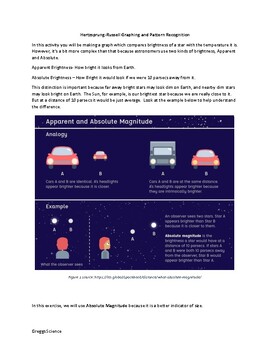
Hertzsprung-Russell Graphing and Pattern Recognition
Students will find patterns in star data by creating and analyzing their own simplified Hertzsprung-Russell Diagram.This activity is aligned to High School NGSS Standards:CCC PatternsSEP Analyze and Interpret DataDCI ESS1A The Universe and its Stars
Subjects:
Grades:
9th - 12th
NGSS:
HS-ESS1-3
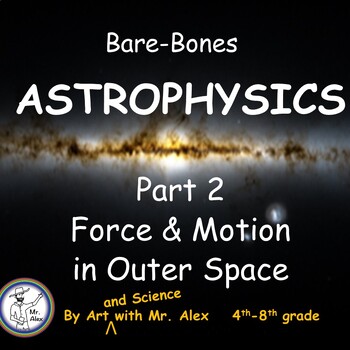
Bare Bones Astrophysics, Part 2: Force and Motion in Outer Space
It’s hard to imagine what’s pushing all the gigantic objects in outer space around, but in fact, the forces at work out there are the same down here on Earth with everyday things we can pick up and hold. In Bare-bones Astrophysics Part 2, I've come up with several activities that can demonstrate how two major forces in the Universe—Gravity and The Gyroscopic Force--control the way objects move in Space.The lesson begins with an overview of gravity, how it holds objects in orbit, changes the dire
Subjects:
Grades:
5th - 8th

Big Bang Lab Experiment Directions & Data Sheet
This is the data sheet for the Big Bang experiment at the end of the Introductory PowerPoint.
Subjects:
Grades:
2nd - 7th
Types:
Also included in: Introduction to Our Galaxy & Stars
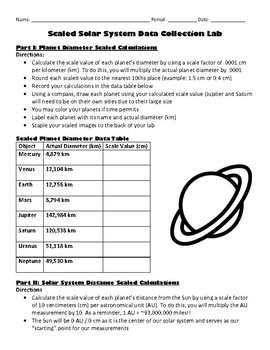
Scaled Solar System Data Lab
This science lab is a great introductory activity that not only demonstrates the size differences between the planets, but also the large differences in the distances between the inner (terrestrial) planets as compared to outer (gas giant) planets. Students will gain experience in using the metric system, scaling real-life data, graphing, and presenting their data in visual form. Students can complete this activity individually or in cooperative groups.
Subjects:
Grades:
7th - 12th, Adult Education
Types:
Showing 1-24 of 76 results




